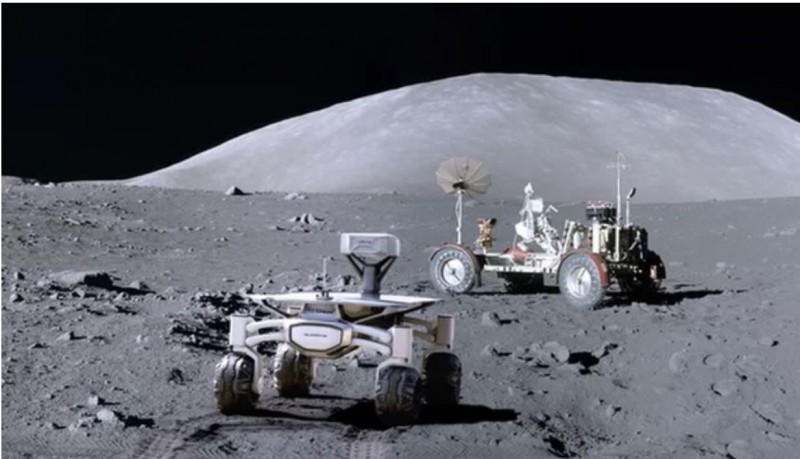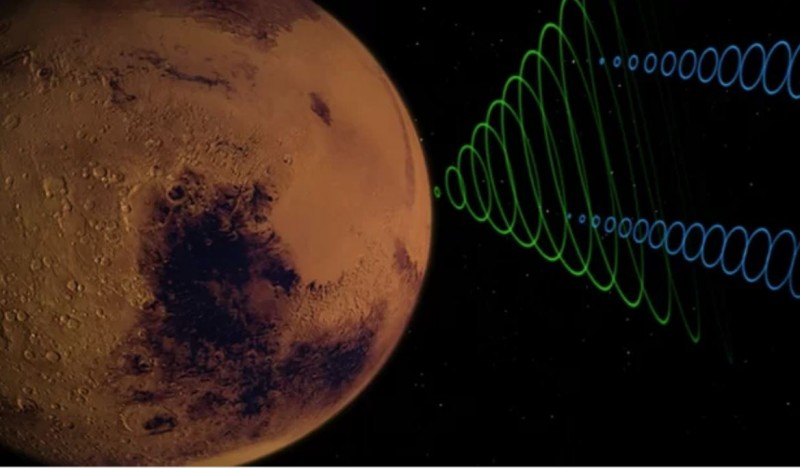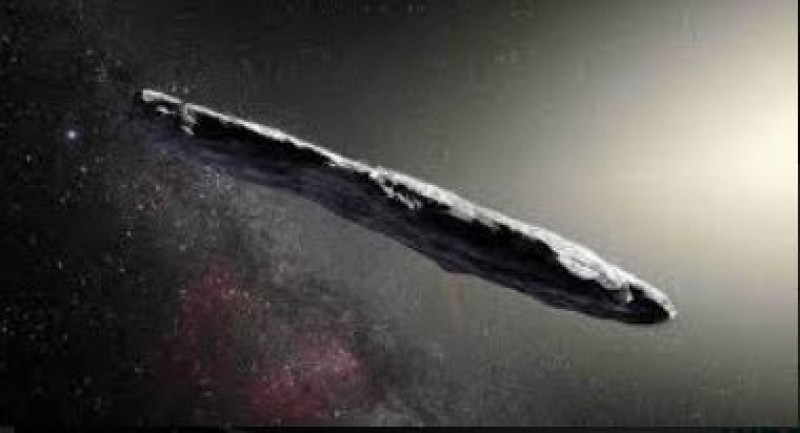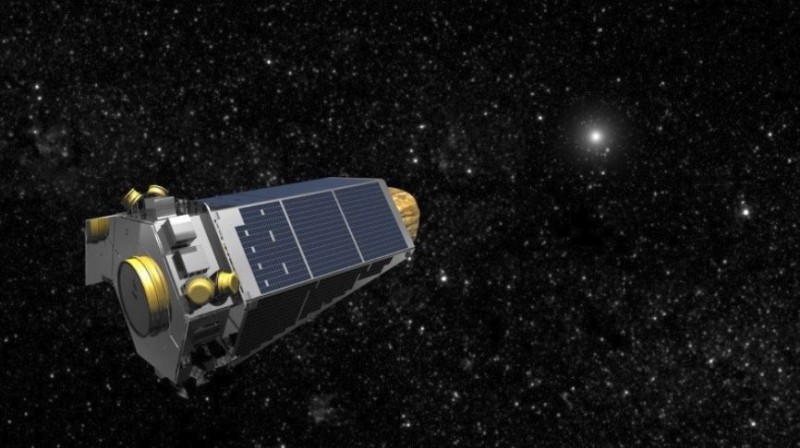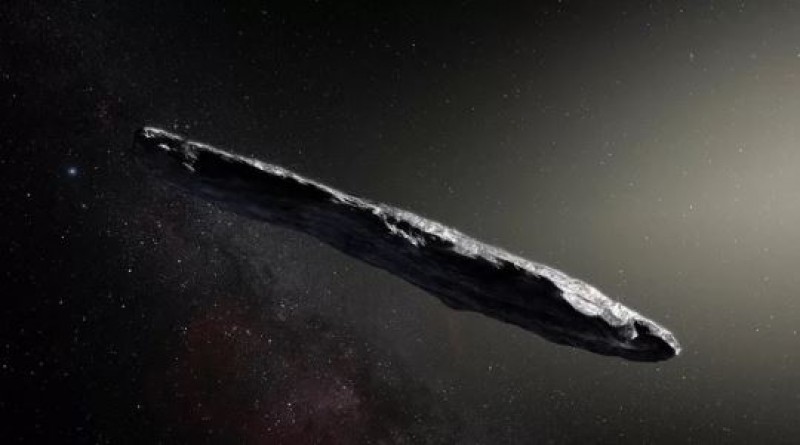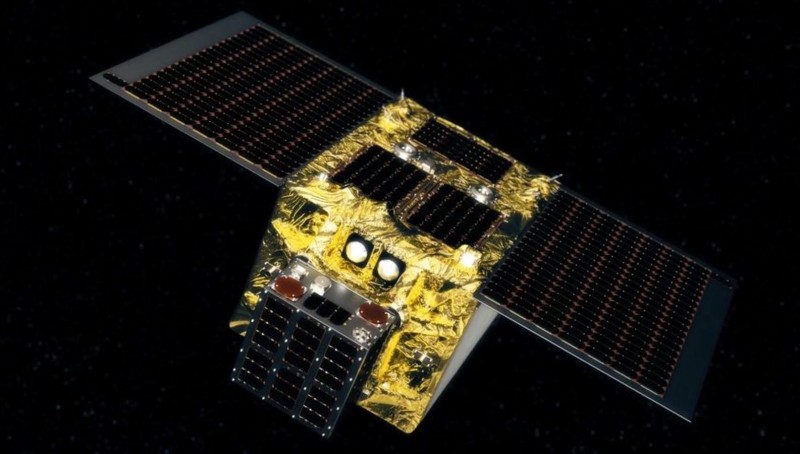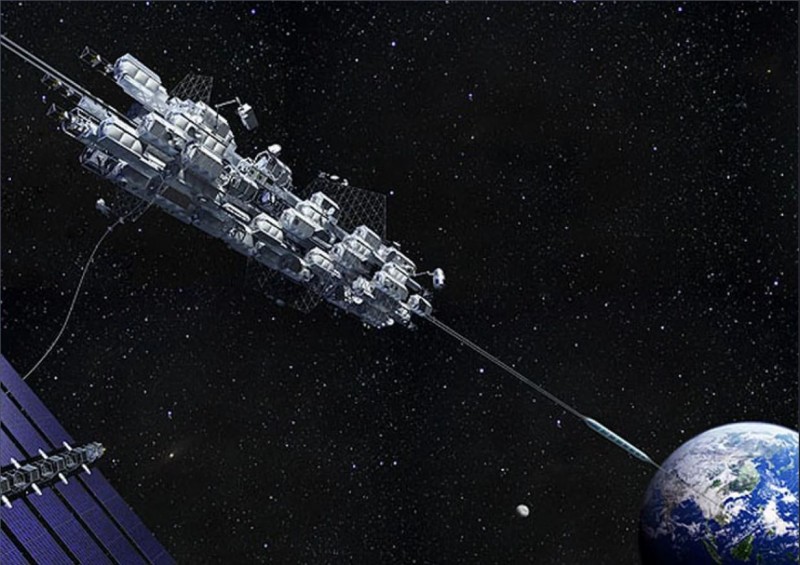News
Former Google Lunar X Prize Teams Still Working on Lunar Landers
Tuesday, November 20th 2018 12:42 AM
LOS ANGELES — Two former competitors in the Google Lunar X Prize are continuing to pursue commercial lunar landers that could launch as soon as late 2019.
In separate presentations at the International Moon Village Workshop & Symposium here Nov. 5, representatives of PTScientists and Team Indus said they are working on versions of landers originally intended to compete for the now-expired prize.
Team Indus, one of the finalists for the prize before it ended in March, says it has one "qualified" lander in storage now and is working on a much larger version. That lander, originally designed for the Google Lunar X Prize, is capable of placing 50 kilograms on the surface of the moon.
That payload capacity, said Rahul Narayan, founder of Team Indus, is likely too small for most commercial purposes. The company is now working on a much larger lander, called Z-02, capable of placing 500 kilograms on the lunar surface. The lander, he said, would be compatible...
Read More
Read More
Here's How NASA's Mars InSight Will Phone Home After Its Dramatic Landing
Sunday, November 18th 2018 12:23 AM
Like any dutiful creation, NASA's Mars InSight lander has promised to phone home upon safely reaching its destination on Nov. 26.
But it won't be a detailed conversation, and NASA engineers can't actually be sure when the call will come — or even whether it will come from the InSight lander itself. All told, the team has developed five separate communication routes that will help Earthlings track their creation's progress on the Red Planet.
InSight itself can produce two types of simple signals. During the landing process, it will produce steady tones of radio waves, which are affected by the sheer process of landing — their frequency will change as the spacecraft deploys its parachute and rapidly slows down, for example. [NASA's Mars InSight Lander: 10 Surprising Facts]
An artist's depiction of InSight's signal, in green, being converted by the MarCO into their own signals, in blue.
Credit: NASA/JPL-Caltech
Once it has...
Read More
Read More
Interstellar object Oumuamua, what did we see?
Friday, November 16th 2018 11:38 PM
Interstellar object Oumuamua has certainly attracted the attention of the astronomy community and general public at large. How could it not with recent headlines such as "Interstellar object may have been alien probe" and statements like "'Oumuamua may be a fully operational probe sent intentionally to Earth vicinity by an alien civilization," in papers released by respected institutions.
Oumauamua, discovered in October 2017 by the Pan-STARRS 1 telescope in Hawaii presented an aura of mystery from the start. At first the object was determined to be a comet, and then it was describe as an asteroid, and finally declared as a new class of interstellar object. Its name a Hawaiian word meaning "visitor from afar arriving first" seems appropriate consider the objects classification. While its estimated speed of 196,000 mph and accelerating seems to be agreed on, the size has varied widely. Initial estimates of a length of 440 meters have been revised in more recent figures of 100 meters or...
Read More
Read More
Massive Solar Eruptions 'Probably' Detonated Dozens of US Sea Mines in Vietnam War
Wednesday, November 14th 2018 12:25 AM
An extraordinary account of the impact space weather had on military operations in Vietnam in 1972 was found buried in the U.S. Navy archives, according to a newly published article in Space Weather.
On August 4, 1972, the crew of a U.S. Task Force 77 aircraft flying near a naval minefield in the waters off Hon La observed 20 to 25 explosions over about 30 seconds. They also witnessed an additional 25 to 30 mud spots in the waters nearby.
Destructor sea mines had been deployed here during Operation Pocket Money, a mining campaign launched in 1972 against principal North Vietnamese ports.
There was no obvious reason why the mines should have detonated. But it has now emerged the U.S. Navy soon turned its attention to extreme solar activity at the time as a probable cause.
The more we can understand the impact of such space weather on technology then the better we can be prepared for any future extreme solar activity.
A solar theory
As detailed in a now declassified&n...
Read More
Read More
After a “Stellar” Career, Kepler Space Telescope Retires in Place
Tuesday, November 13th 2018 12:48 AM
After nine years in deep space collecting data that indicates our sky is filled with billions of hidden planets – more planets even than stars – NASA’s Kepler space telescope has run out of fuel needed for further science operations. NASA has decided to retire the spacecraft within its current, safe orbit, away from Earth. Kepler leaves a legacy of more than 2600 planet discoveries from outside our solar system, many of which could be promising places for life.
"As NASA's first planet-hunting mission, Kepler has wildly exceeded all our expectations and paved the way for our exploration and search for life in the solar system and beyond," said Thomas Zurbuchen, associate administrator of NASA's Science Mission Directorate in Washington. "Not only did it show us how many planets could be out there, it sparked an entirely new and robust field of research that has taken the science community by storm. Its discoveries have shed a new light on our place in the universe, an...
Read More
Read More
China ‘will move clouds and make it rain in different places using satellites’ in terrifying weather control plan
Thursday, November 8th 2018 01:26 AM
CHINA is launching a bizarre bid to control Earth’s weather so it can shift rain clouds thousands of miles from its soaking south to its parched north.
Six satellites will form a ring to spot water-laden clouds and create an atmospheric corridor to allow them to move to the arid regions, state media said.
Tianhe which translates as "Sky River" is being developed by the Shanghai Academy of Spaceflight Technology and will reportedly be launched in 2020.
China’s damp southern regions often flood while the north suffers drought.
But the problem is having enough rain clouds to instigate downpours with.
Now state scientists and researchers are pursuing weather modification techniques to guide clouds north to the Yellow River basin, which is particularly dry.
The idea of controlling the weather is far from new in China.
In 2008 the country "seeded" clouds with silver iodide to ensure they rained away from the Beijing Olympics.
Long term the goal is to push 5 billion cu...
Read More
Read More
Could Life Hitch a Ride on Interstellar Visitors Like 'Oumuamua?
Wednesday, November 7th 2018 01:06 AM
"Interstellar objects could potentially plant life from another planetary system in the solar system," Avi Loeb, an astrophysicist at Harvard University and senior author on both of the new studies, told Space.com.
The group calculated the rate at which the sun and Jupiter together might gravitationally capture interstellar objects such as 'Oumuamua and found the largest body they could trap was a few dozen miles wide. They performed similar calculations for the Alpha Centauri A and B binary system and found it could capture Earth-size interstellar objects.
The researchers also estimated that an interstellar object about 0.6 miles (1 kilometer) wide might typically strike Earth every 10 million to 100 million years. Such collisions might have helped deliver organic compounds or even microbes to Earth, they said.
"Life can spread across vast distances," study lead author Manasvi Lingam, an applied mathematician at Harvard University, told Space.com. Lingam and Loeb detail...
Read More
Read More
Orbital Debris Removal Company Astroscale Raises $50 Million
Sunday, November 4th 2018 12:12 AM
WASHINGTON — Astroscale, a company developing technologies to capture and deorbit space debris, announced Oct. 31 it raised a $50 millionSeries D round that brings its total to date to $102 million.
Astroscale, headquartered in Singapore but with its main research and development offices in Tokyo, said that its new round was led by Innovation Network Corporation of Japan (INCJ) with participation from several other Japanese investors, including SBI Investment Company Ltd. and Mitsubishi Estate Company Ltd. INCJ, in a separate statement, said it was contributing up to $35 million in new funding, with $25.5 million of that provided now.
The company plans to use the funding to support several ongoing efforts, including the development of a technology demonstration satellite called ELSA-d. That spacecraft, scheduled for launch in early 2020 on a Soyuz rocket, will feature "target" and "chaser" satellites to demonstrate rendezvous and proximity operations. The target spac...
Read More
Read More
The Milky Way Has A Giant Skeleton In Its Closet
Wednesday, October 31st 2018 09:27 PM
Scientists have identified the corpse of a galaxy that fell into the Milky Way about 10 billion years ago in what was likely the last major overhaul to our home galaxy during its development.
That's the conclusion of new research based on 2 billion measurements of how stars within the Milky Way are moving. Those measurements let scientists identify about 33,000 stars that live in our galaxy but were born elsewhere, carried here during a giant galactic collision.
"The Milky Way is a cannibal. It has eaten many dwarf galaxies in the past, and we've just found a major one that it ate in the past," Kathryn Johnston, an astronomer at Columbia University in New York who wasn't involved in the new research, told Space.com. "This is like a police investigation — this one in particular, because it's not a galaxy that we can see today. It's a dead galaxy, so that makes it kind of fun." [Photos: Gaia Spacecraft to Map Milky Way Galaxy]
The research is possible because st...
Read More
Read More
As If Space Elevators Aren't Cool Enough, They Might Fix Themselves, Too
Tuesday, October 30th 2018 12:39 AM
Space elevators to ferry passengers and cargo to and from orbit could be built using existing materials, if the technology takes inspiration from biology to fix itself when needed, a new study finds.
In theory, a space elevator consists of a cable or bundle of cables that extend thousands of miles to a counterweight in space. The rotation of the Earth would keep the cable taut, and climber vehicles would zip up and down the cable at the speed of a train.
The ride up a space elevator would likely take days. However, once a space elevator is built, a trip to space on the technology could be far cheaper and safer than on a rocket. Space-elevator technology is now getting tested in real life in the Japanese STARS-Me experiment (short for Space Tethered Autonomous Robotic Satellite-Mini Elevator), which arrived at the International Space Station on Sept. 27 aboard Japan's robotic HTV-7 cargo spacecraft.
The concept of the beanstalk-like elevator to space...
Read More
Read More
